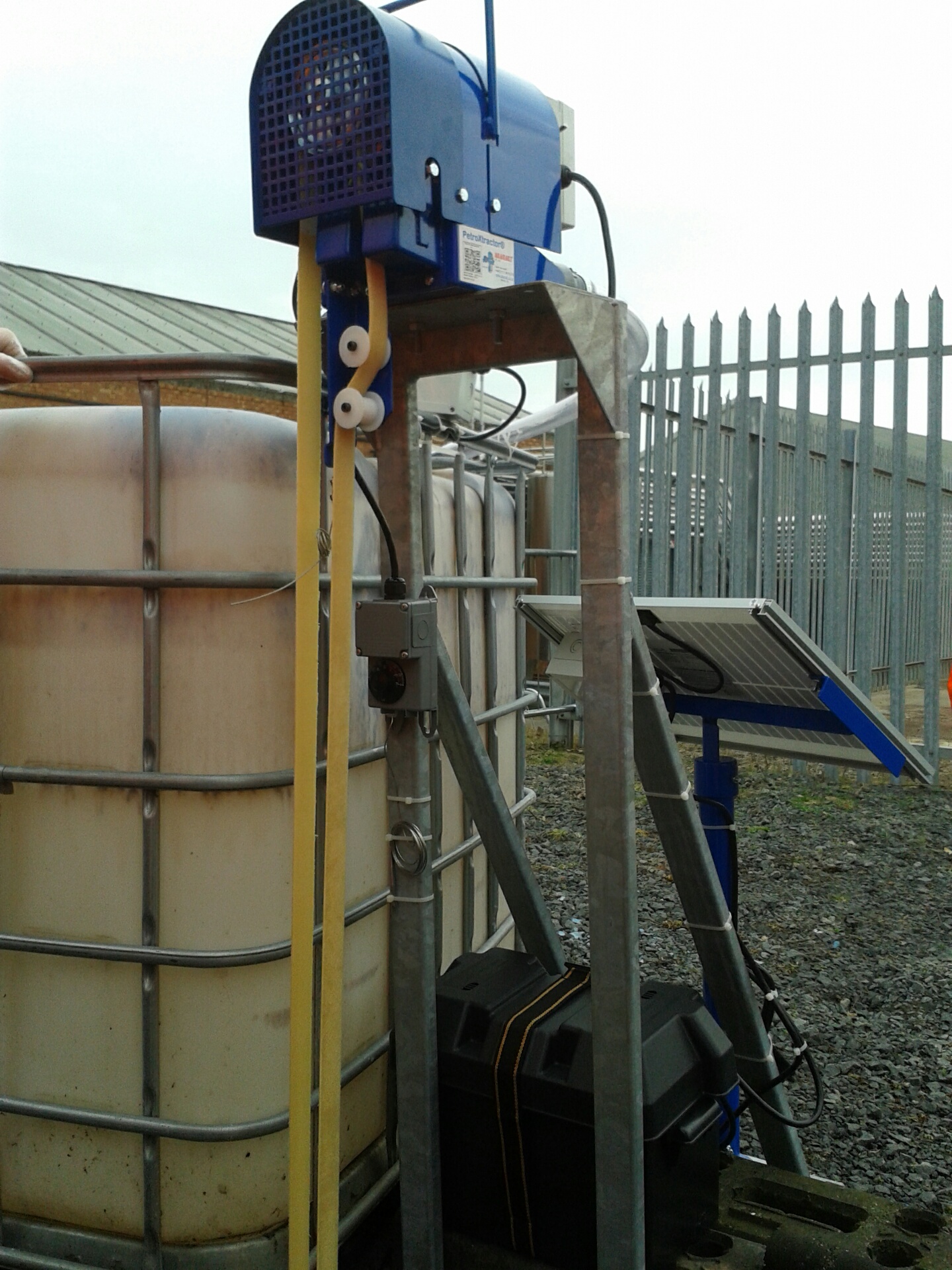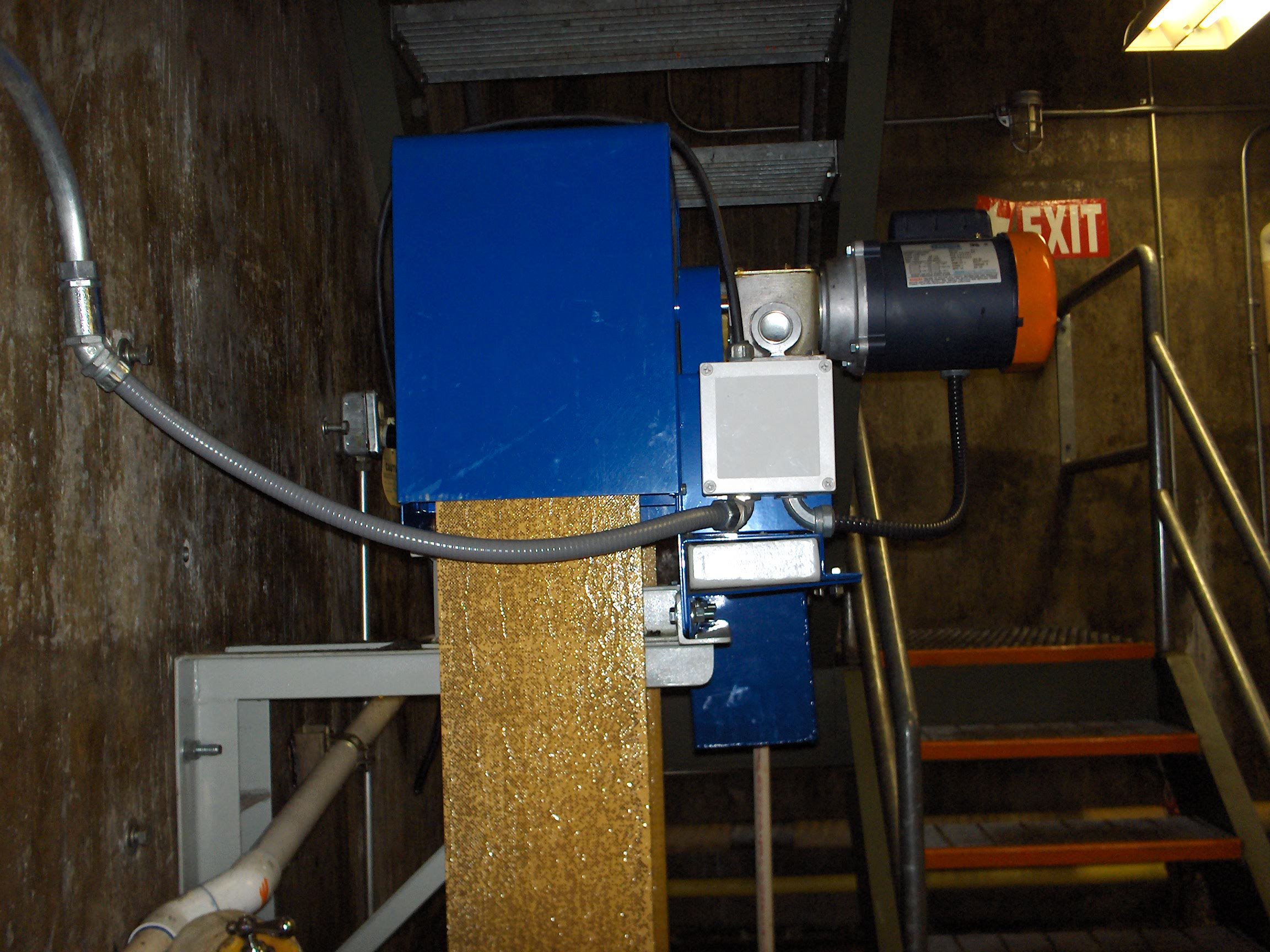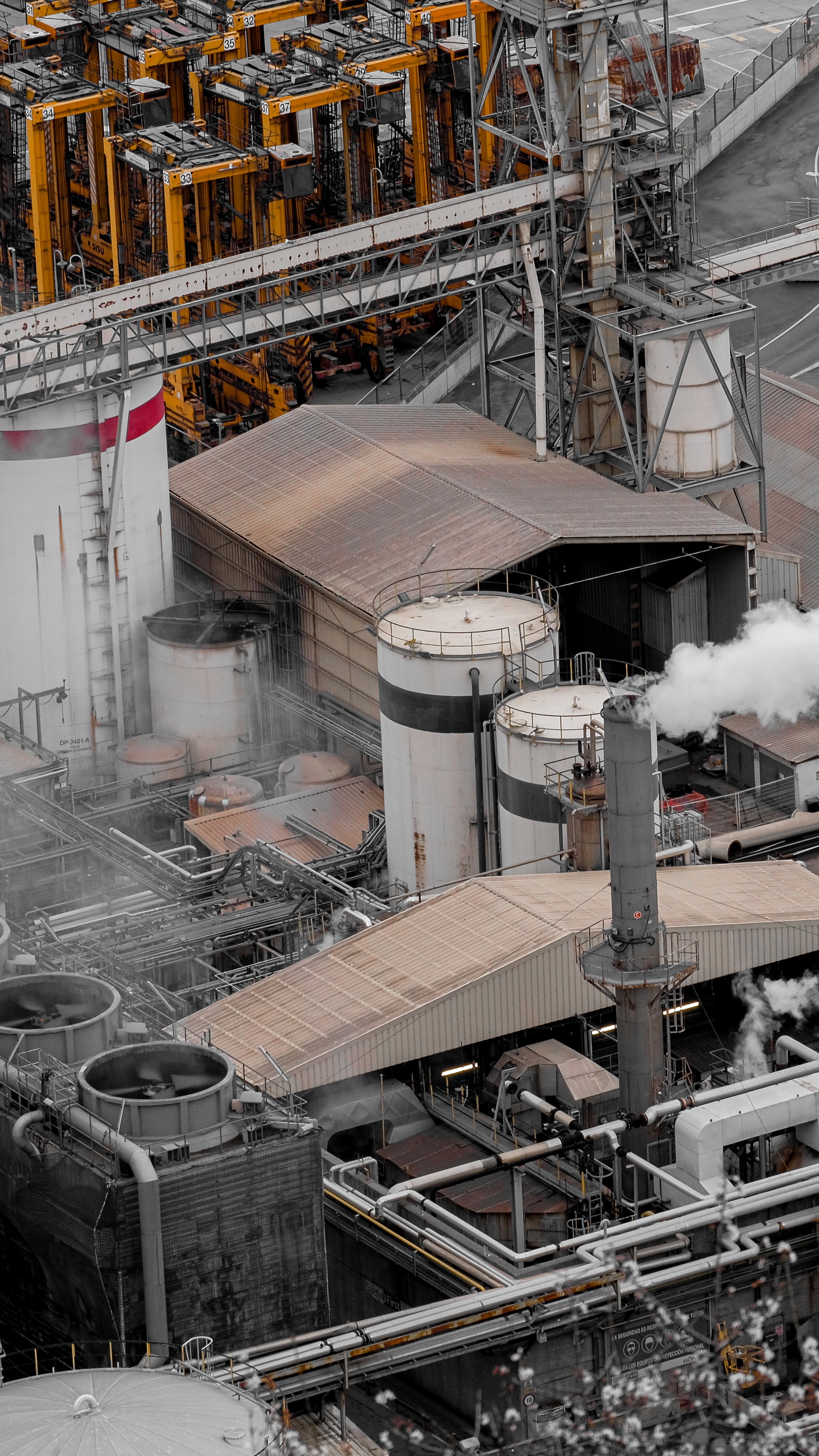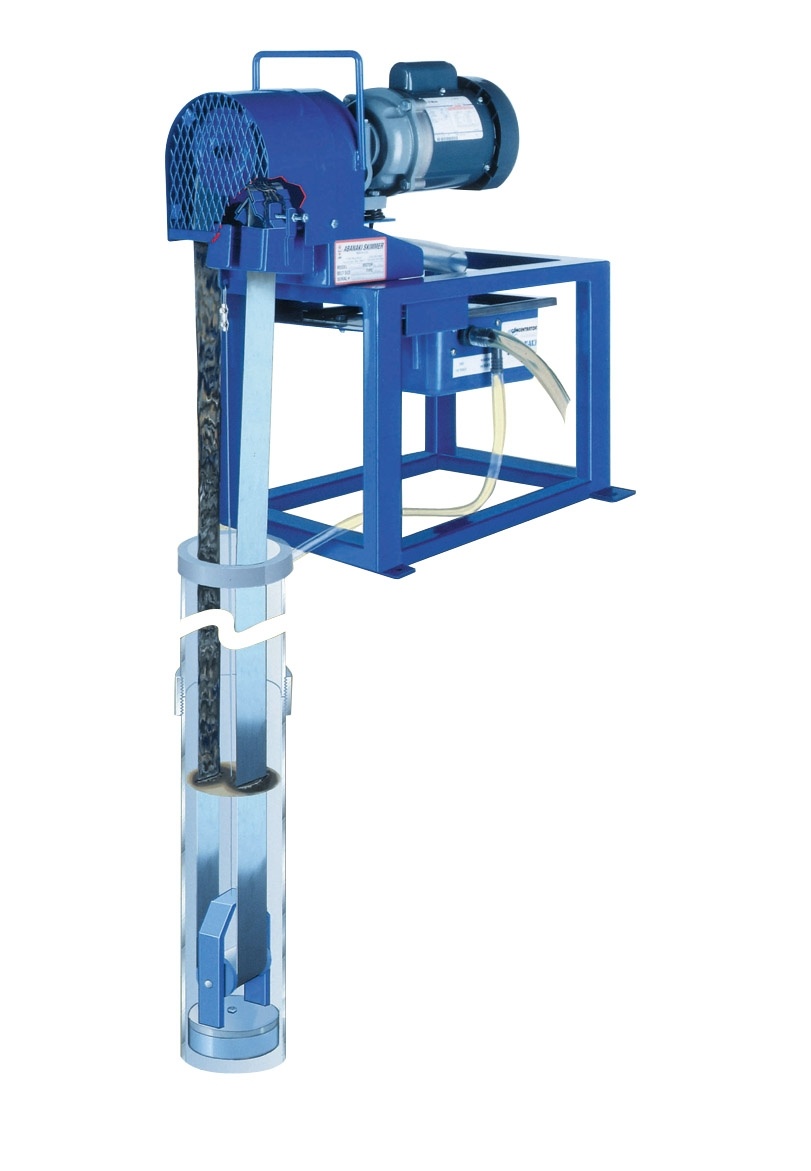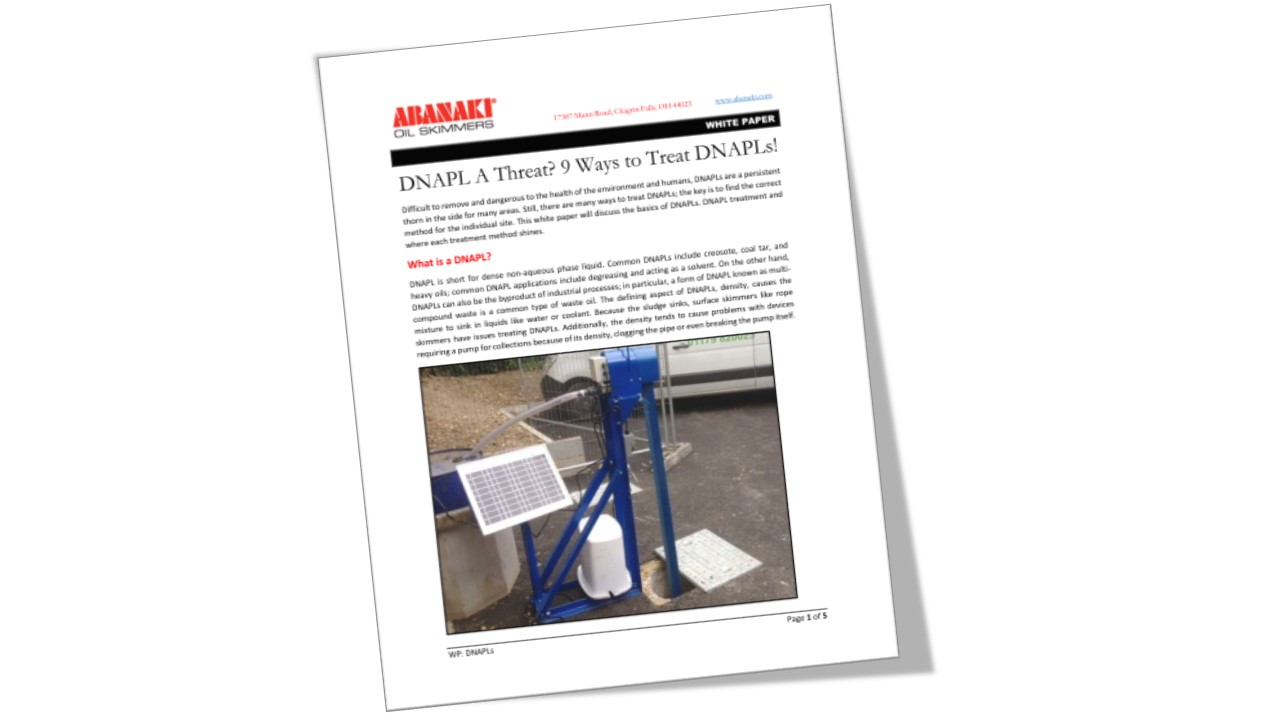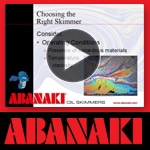Removing oil from water is a crucial step in many processes across numerous industries. From extending tool life to staying in compliance with government agencies, oil skimmers provide a cost-effective solution to removing oil from water or coolant.
Understanding How Skimmers Work
Despite the various designs that oil skimmers have, all of them rely on the same basic principles: Specific gravity and Surface tension and affinity.
Specific Gravity: Most hydrocarbons have a lower specific gravity than water. Without agitation, oil separates from the water and floats to the surface.
Surface Tension and Affinity: Normally, oil bonds more tightly to itself and other materials than to water. This affinity, and differences in surface tension between oil and water, cause oils to adhere to a skimming medium.
Understanding The Different Types of Skimmers
Not All Skimmers Are Alike!
- Belt-type oil skimmers use an endless belt of corrosion resistant steel or synthetic medium, which is lowered into the tank or vessel to be skimmed.
- Tube oil skimmers use a floating plastic hose that snakes out over the surface of the liquid and is then drawn back through the drive unit where oil is removed.
- Disk-type oil skimmers rotate a disk-shaped medium through the liquid. Oil is wiped off and discharged into a collection container in a manner similar to belt-type oil skimmers.
Bigger Isn’t Always Better & Smaller Isn’t Always Cheaper
Choosing a skimmer based on size speculation can be a costly mistake. Buying the smallest skimmer available because it is the cheapest or purchasing the biggest skimmer because you think it will work faster will not lead to successful skimming results.
Make A Plan Before Buying Oil Skimmer
Planning is important! Before spending money on a concrete pad and mounting arrangements, check where the oil actually collects in your process.
- Oil skimmers should be located opposite from the inflow and the tail pulley should be submerged two inches below the surface of the liquid in order to be as effective as possible.
- Using a tank that does not allow enough time for the oil to rise and float will not permit successful oil skimming.
- Always make sure your tank gives enough residence time for the oil to float.
Selecting an oil skimmer can be a complex decision-making process. There are various factors you have to consider about your application when choosing the right skimmer. However, Abanaki oil skimmers are durable and built to last, even in harsh applications. They have been proven in thousands of applications and are an environmental solution to unwanted oil in water.
Selecting and sizing your next oil skimmer correctly is important – the wrong decision can cost your facility thousands over the long term. Learn how Abanaki oil skimmers help you save by "taking just a little off the top." by watching the webinar below.
To learn more about oil skimmers, please contact our experts at 440-543-7400 or visit our website: www.abanaki.com
You are just one step away from downloading Abanaki's most detailed resource on our oil skimming equipment. Simply click at the button to get your ultimate guide now.


